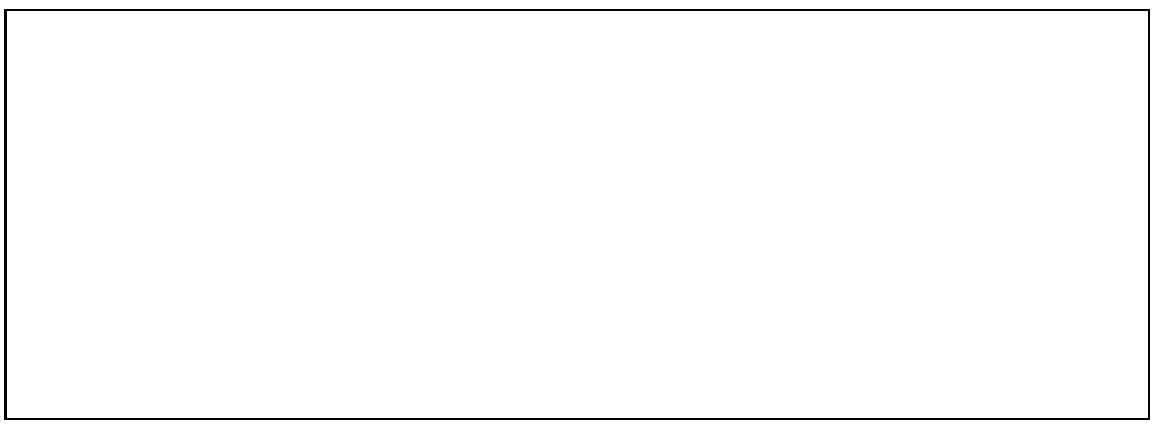


Next: Annexe 1.
Up: Final-13-04-2004
Previous: Exercise 9.
Consider the following three-address code program fragment
where t3 <> 0 is true if and only if t3 is not zero.
| L0: |
s:=0 |
| |
i:=0 |
| |
n:=10 |
| L1: |
t1 := a-b |
| |
if t1 = 0 goto L3 |
| L2: |
t2 := i*4 |
| |
s := s+t2 |
| |
goto L4 |
| L3: |
s := s+i |
| L4: |
i := i+1 |
| |
t3 := n-i |
| |
if t3 <> 0 goto L1 |
| L5: |
t4 := a-b |
- Give the control-flow graph of this program.
- Identify the back edges and the loops.
- Which optimization (among copy propagation, dead-code elimination, common sub-expression elimination, invariant code motion) can be applied to this program?
Show the intermediate transformations of the program.
Computing the data-flow sets is not required.
A brief justification of each transformation will be sufficient.
Answer 10




Next: Annexe 1.
Up: Final-13-04-2004
Previous: Exercise 9.
Marc Moreno Maza
2004-12-02
